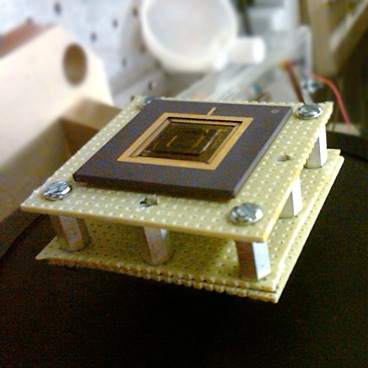MIT researchers are claiming a key advance in overcoming an impediment to taking full advantage of wireless sensors, the little devices that can be used to monitor faraway infrastructure.
They say their new system for generating power from low-frequency vibrations could do away with the need for batteries to run the sensors. That means no more trips to remote Siberia to put fresh AAAs in that gas-pipeline sensor.

“There are wireless sensors widely available, but there is no supportive power package,” says Sang-Gook Kim, a professor of mechanical engineering at MIT and co-author of a paper that details this breakthrough in microelectromechanical systems (MEMS).
“I think our vibrational-energy harvesters are a solution for that.”
Harvesting energy from environmental vibration isn’t a new concept; the MIT researchers note that layers of piezoeletrical (PZT) materials, such as quartz and crystals – which can naturally accumulate an electric charge in response to mechanical stress – are now used to capture a beam from a vibrating microchip and create an electrical charge. But that system only works in a narrow frequency range.
Kim and co-author Arman Hajati widened that frequency range by “engineering a microchip with a small bridge-like structure that’s anchored to the chip at both ends,” MIT reports.
“The researchers deposited a single layer of PZT to the bridge, placing a small weight in the middle of it. The team then put the device through a series of vibration tests, and found it was able to respond not just at one specific frequency, but also at a wide range of other low frequencies.”
The researchers got 45 microwatts of power with just a single layer of PZT, “an improvement of two orders of magnitude compared to current designs,” according to MIT. But they want more.
“Our target is at least 100 microwatts, and that’s what all the electronics guys are asking us to get to,” says Hajati, now a MEMS development engineer at FujiFilm Dimatix in Santa Clara, Calif.
“For monitoring a pipeline, if you generate 100 microwatts, you can power a network of smart sensors that can talk forever with each other, using this system.”






